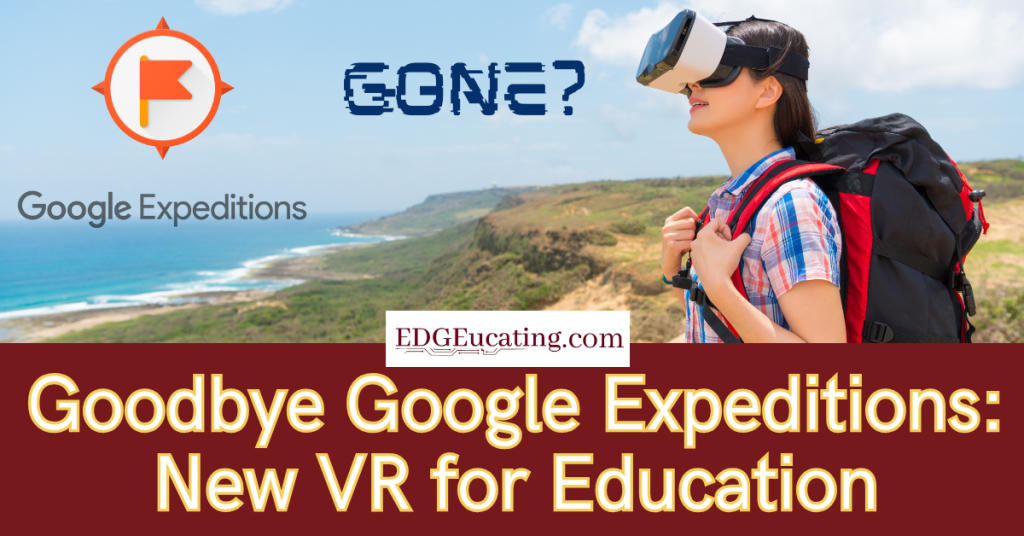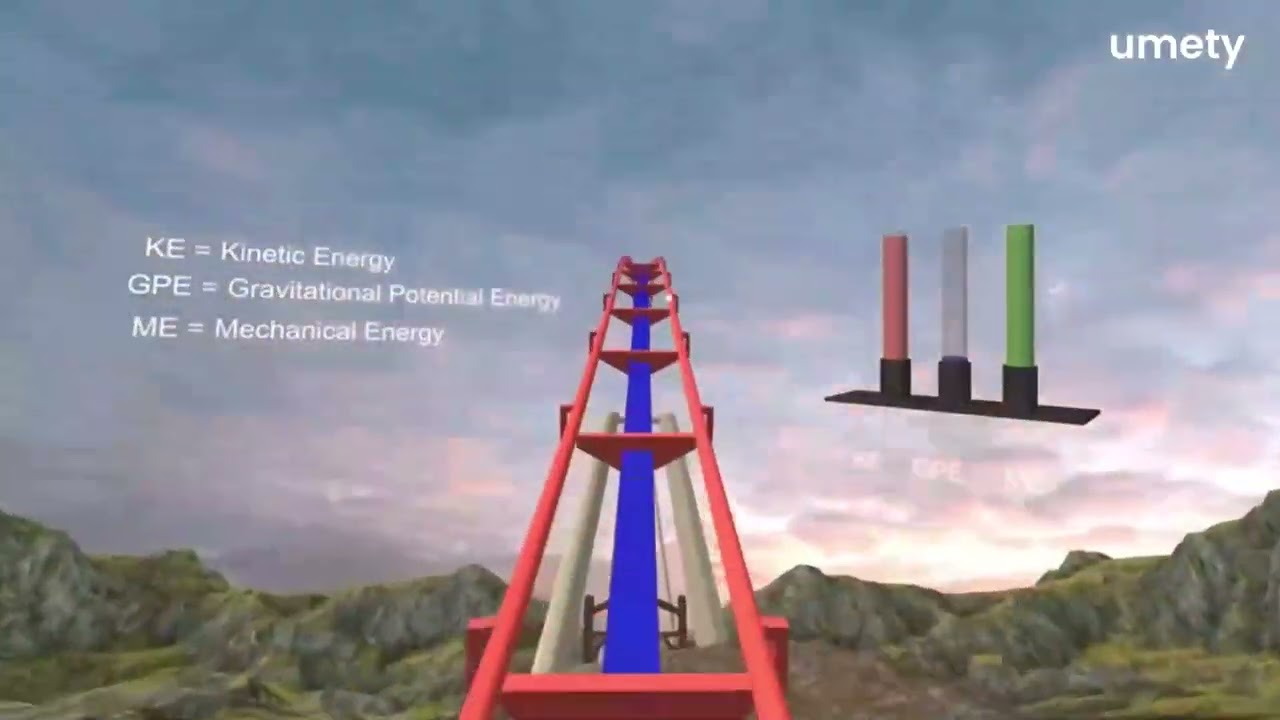Like many teachers, I was frustrated when I heard that Google Expeditions and Daydream VR apps were shutting down. These tools had been staples in classrooms that wanted to bring the world into their walls. Google published the news in a blog post, framing the decision around making Expeditions tours more accessible to students during the coronavirus pandemic.
Both apps were removed from iOS and Android app stores on June 30, 2021. Expeditions fared a little better than DayDream, since many of the tours were incorporated into the larger Google Arts & Culture app, which can be accessed by web or mobile device.
Google also announced it was discontinuing support for Tour Creator, a feature that allowed teachers and students to build their own VR tours. Tour Creator was removed after June 30, 2021, though Google permitted users to export the assets from their existing tours in the months leading up to the closure. Full details about Expeditions and migration of content can be found here.
I’ll be honest—this decision left a lot of educators in the lurch. We’d invested in equipment, built lessons, and got students excited about exploring the world through VR. Watching companies walk away from education once again was frustrating. But the good news is, we have options.
If you haven’t explored AR and VR yet and are looking for a starting point, I recommend two resources: How to Access AR and VR in Education Today and AR and VR in the Classroom . Both give practical insights into how immersive tools support inquiry-based learning, student engagement, and 21st century skills.
Why Umety Works for Teachers
When Google exited, many educators were left scrambling for alternatives. After trying a few, Umety stood out as the most reliable and education-focused platform. Unlike some big-name VR companies that drop flashy products but offer little long-term classroom support, Umety has built tools with teachers in mind.
Here’s how Umety makes virtual reality in the classroom work for real teachers and students:
- Lesson Integration – Umety offers true VR for education with content aligned to STEM curriculum and standards. Teachers can weave VR into lesson plans without reinventing the wheel.
- Gamified Learning – Students thrive on game-like interactions, and Umety’s virtual reality learning modules encourage problem-solving, collaboration, and creativity with hands-on activity. It’s a perfect fit for inquiry-based learning and developing core STEM skills.
- Teaching Flexibility – Unlike other platforms, Umety isn’t limited to headsets. Teachers can display VR experiences on an active panel or smart board for whole-class participation while still offering immersive headset options for small groups. This flexibility makes it one of the most cutting-edge resources for education.
- Classroom Management – Teachers can control the pace of the VR session, pause when needed, and track engagement. This makes virtual reality in the classroom manageable instead of chaotic.
- Built-in Assessments – Assessments are built in, and data can be tracked to inform teaching and learning strategies.
- Learning Illustration – Using Umety’s Umake platform, students can show what they have learned in real-world, authentic presentations by designing their own VR experience, which can then be shared.
A Teacher’s Take
As a teacher, I’ve seen how VR for education sparks curiosity, connects lessons to the real world, and makes abstract concepts concrete. Whether it’s diving into the ocean, walking through ancient ruins, or exploring human anatomy, students stay engaged in ways that worksheets or videos can’t match.
Still, I know that VR only works if the platform supports teachers. That’s where Umety has earned my trust. It bridges the gap between virtual reality learning and classroom practicality, offering teaching resources that make implementation smooth instead of stressful.
For more cross-curricular ideas on making VR a reliable teaching tool, check out Eduporium’s VR Tips & Tricks —a helpful guide for replacing Google Expeditions and extending immersive lessons across subjects.
Final Thoughts
Google may have shut down Expeditions, but that doesn’t mean teachers are left without tools. Umety has stepped in with a platform built for the realities of classrooms: flexible, affordable, and aligned with how students actually learn.
As we continue to push for 21st century learning, VR for education will only grow in importance. With platforms like Umety, we can keep students engaged, strengthen STEM curriculum, and use virtual reality in the classroom to open up worlds that spark curiosity and lasting understanding.



